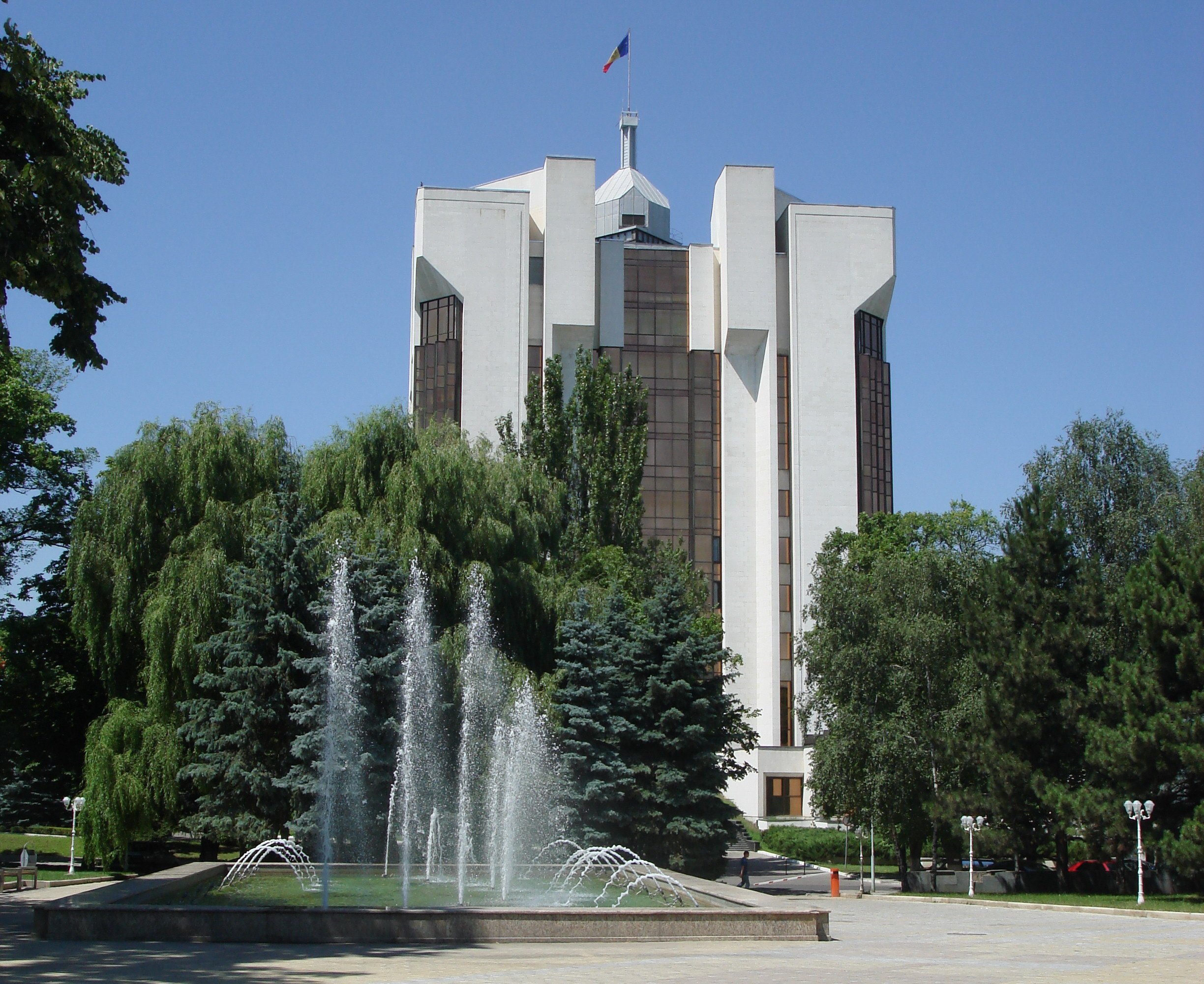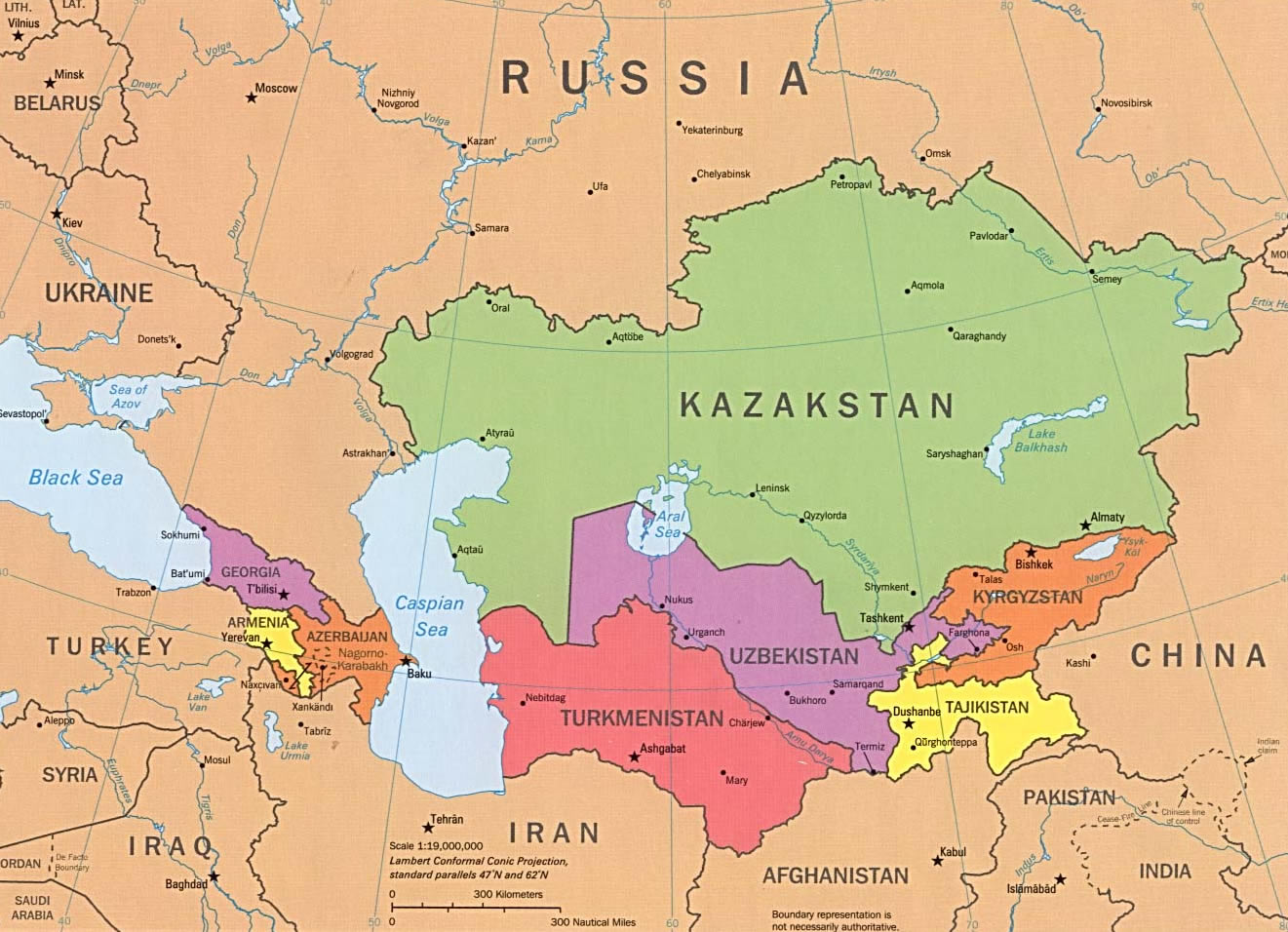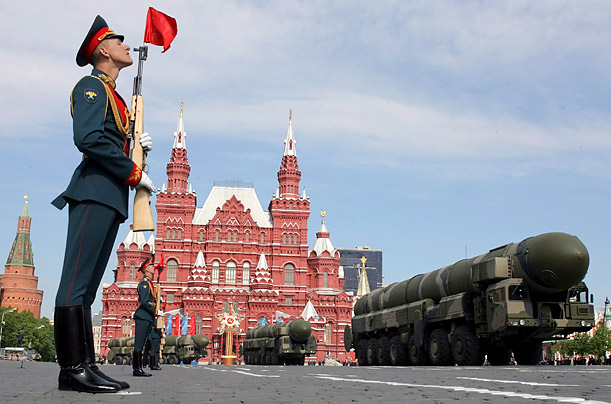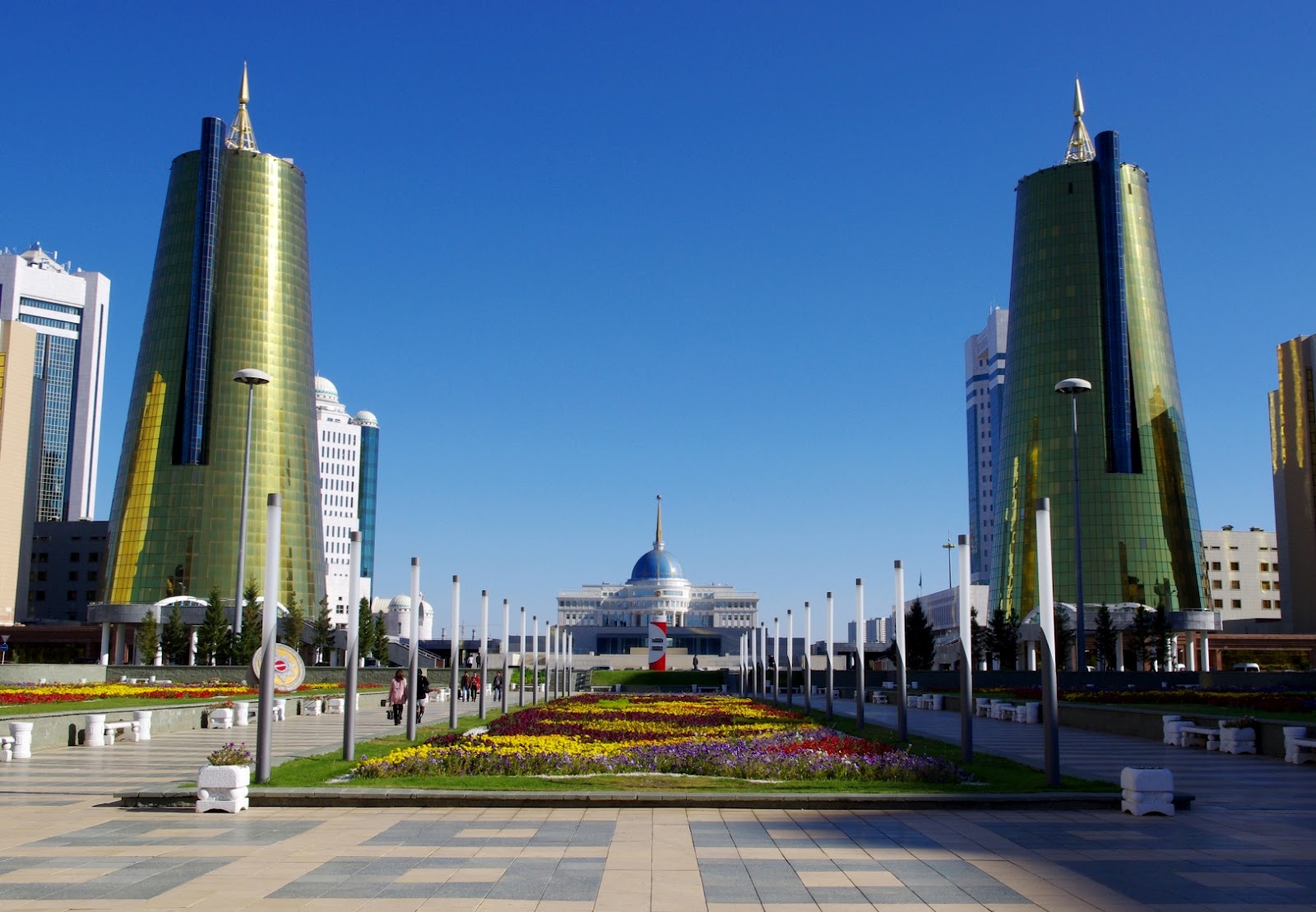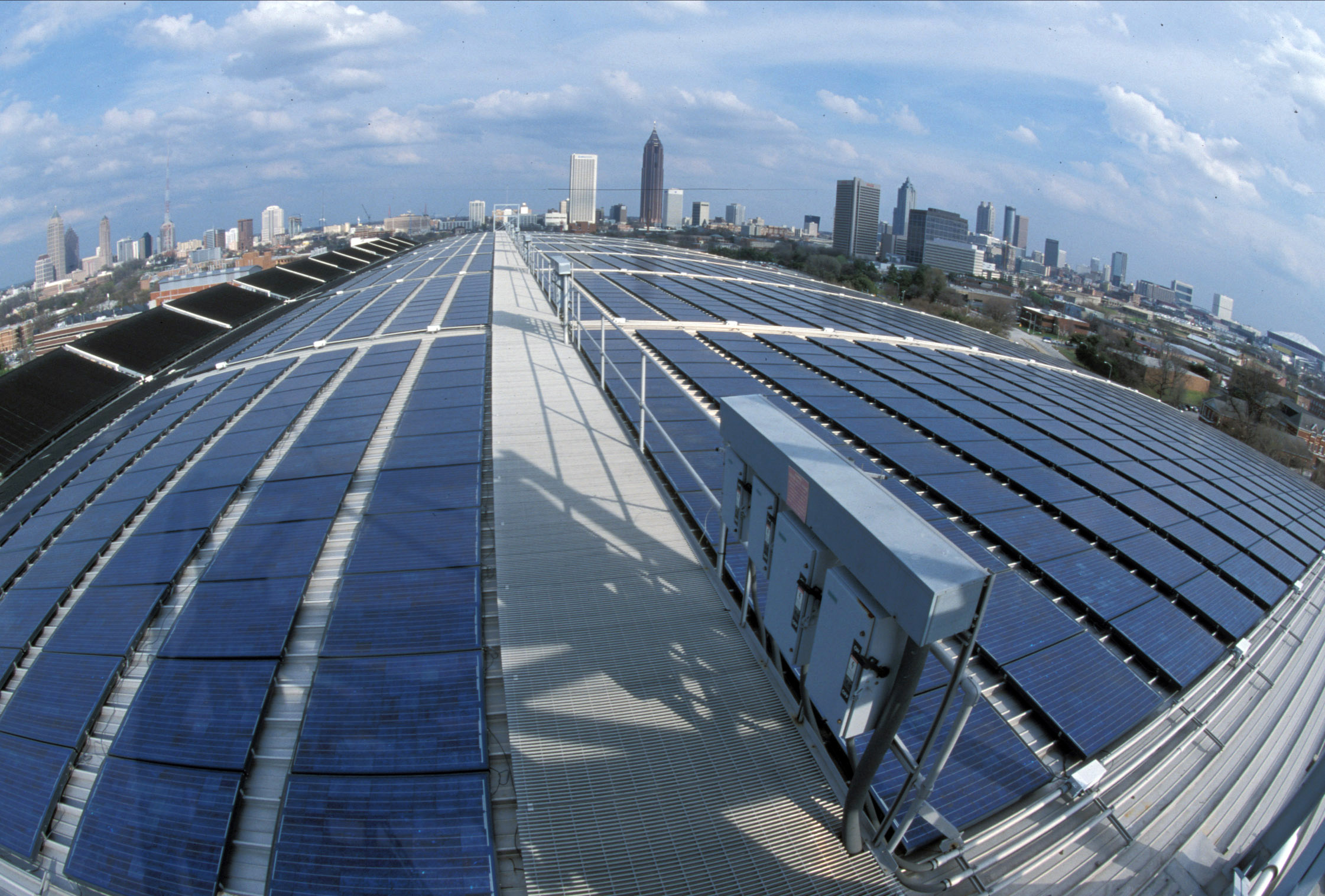Voicu Alexandru ___________________________________________________________________
The cardinal feature of any conflict of the present time as well as of the past history is the presence of the human body. Weather we are talking about civil wars, inter-state wars or ethnic wars, all of them are intrinsically linked with the human body. Nonetheless, whenever the body is part of a conflict, it is automatically involved in multi-layered power relations, which are able to ‘invest it, mark it, train it, torture it, force it to carry out tasks’ (Foucault 1991 , 25). Hence, the aim of this paper is to bring a cogent argument on the inter-play between body and conflict, particularly the role of the body in the ex-Yugoslav Wars and the power relations it had been involved throughout the 90’s.
Read more
More
Alexandru Voicu ___________________________________________________________________
,,O naţiune este un suflet, un principiu spiritual. Două lucruri care, la drept vorbind, nu fac decât unul, constituind acest suflet, acest principiu spiritual. Unul este în trecut, altul în prezent. Unul este posesia în comun a unei bogate moşteniri spirituale; altul este consimţământul actual, dorinţa de a trăi impreună, voinţa de a continua să punem în valoare moştenirea pe care am primit-o întreagă.’’ (Renan, 1882, p. 125)
Read more
More
The East-West strategic corridor encompasses a territory that could largely be defined as „ex-Soviet space”. It is obvious that the East-West strategic corridor can become functional only if the states on whose territory it passes will be predictable, stable and sovereign. Until the collapse of the Soviet Union in 1991, on this space there was an authoritarian political regime that promoted policies aiming the creation of „Soviet people”. The „Soviet people” were to become a homogeneous mass. The Soviet economic system was a hyper centralized administrative-command system. The union center unilaterally decided on the location of various economic objects and subjects. This was also valid for the infrastructure of the energy sector (i.e. gas pipeline system).
Read more
More
Navrotskyy Volodymyr ___________________________________________________________________
Rich deposits of the energy resources are among the main determinants of the geopolitical potential of the Central Asia region. The American scientists Geoffrey Kemp and Robert Harkavy elaborated the theory of the “strategic energy ellipse” stretching from the Caspian Basin to the southern part of the Arabian Peninsula via the Persian Gulf.[1] The strategic energy ellipse, which among others unites the Caspian regions of Kazakhstan, Uzbekistan and Turkmenistan, contains over 70% of the world’s proven oil reserves and over 40% of the natural gas reserves. It describes the strategic energy ellipse as a key region for the future development of the world political and economical affairs.
Energy resources are the decisive factor of the economical development of Central Asia countries. According to the global research “The World in 2050”, provided by HSBC, Kazakhstan, Uzbekistan and Turkmenistan are on the list of fast-growth countries for the period until 2050, with respect to their economical potentials.[2] At the same time, the governments of Kyrgyzstan and Tajikistan permanently face the problems of poverty and unemployment within their population.
Read more
[1] Kemp G., Harkavy R. Strategic Geography and Changing Middle East. – Washington: Brookings Institution Press, 1997 – 493 p.
More
Nigar Goksel – Editor in Chief, Turkish Policy Quarterly
Since the dissolution of the Soviet Union, Turkey’s role in linking Central Asia and the Caucasus to Europe has been a significant element of Turkey’s strategic value to the West. While for years enthusiasts of the integration of this sub-region with Europe in Azerbaijan, Georgia, and Turkey carried an expectation that Europe and the US would design and push forward the process, the last few years has seen a process of integration emerge between these three countries that is less dependent on a larger Euro-Atlantic initiative. One question this article tackles is why the expectations from external powers dimmed, and how, nevertheless, these three countries found the incentive and capacity to push forward with integration amongst themselves. The role of global and regional geopolitical fluctuations in the ebbs and flows of the realization of the East-West corridor are taken up in this context.
Read more
More
– from a Russian perspective –
(Central Asia, Caspian states and EU)
Bordei Ciprian
Russia’s large geographical size and remoteness from attacking powers; its strong control over resources and society exercised by its centralized state and its low level of dependence on the world economy, make Russia an autonomous player in world politics despite its relative backwardness. Russia’s political class perceives its country as a global power and the major regional power – and consequently as the main guarantor of security – in its immediate neighbourhood.
Russia is undoubtedly a European state if only geography as well as European civilization, its culture, tradition and religion are taken as the defining criteria. What places Russia beyond Europe’s bounds is its politics.
Russia’s foreign and security policy is best described as pragmatic, geopolitically focused, realist rather than value-based, and striving towards a multipolar world by seeking to undermine the West’s influence in international affairs.
More
Adriana Sauliuc
Kazakhstan, officially the Republic of Kazakhstan, is the world’s largest landlocked country, and the ninth largest in the world, with an area of 2.171.300 sq km, bigger that the Western Europe territory. The contiguous transcontinental country in Central Asia is bordering China, Kyrgyzstan, Russian Federation, Turkmenistan and Uzbekistan. With a total of 12.185 km of boundaries, Kazakhstan has the longest common border with Russia – 6,846 km; 2,203 km with Uzbekistan; 1,530 km of common border with China, 1,224 km with Kyrgyzstan, and the shortest – 379 km, with Turkmenistan.
Being a country starched over a vast area in the northern and central Eurasia, Kazakhstan dominates the Central Asia region and the trade routs between east and west. Also, it is connected with the European continent through its small portion of the territory on the west bank of the Ural River, located in the eastern edge of Europe.
Read more
More
Georgia’s importance as a transit country and as a reliable ally for the West was undeniably proven once it became an important piece of Europe’s energy security as a transit country in two major pipelines: Baku-Tbilisi-Ceyhan (BTC) and Baku-Tbilisi-Erzurum(BTE). BTC affords western access to Caspian Sea and Central Asian energy, offering a choice of customers to the landlocked producing states. Parallel to BTC, natural gas flows from the Caspian Sea’s Shah Deniz field through the South Caucasus Pipeline to the Turkish city of Erzurum, bound for consumers throughout Europe. Moreover, the Baku-Supsa Pipeline and the Baku-Batumi railroad carry oil to tankers at Georgia’s Black Sea ports. Together, these energy conduits form the critical mass required to promote and sustain a broad East-West commercial corridor. Individual pipeline projects of the Southern Gas Corridor were already developed by the respective companies at the beginning of the 2000s, the Southern Gas Corridor, as an overarching concept, only emerged later…
Read more
More
Abstract
Being located at the crossroads of the major Eurasian transport corridors, with huge resources and an important growth rate, Azerbaijan has now the opportunity of putting in practice his objective of becoming a regional hub between Europe and Asia. Having chosen the Western direction, Azerbaijan is involved in large-scale projects of European interest and the East-West Black Sea Caspian Sea Corridor must not be absent from Baku’s plans.
Choosing to be part from the East-West Strategic Corridor linking Central Asia to the Euro-Atlantic Area and implicitly, to collect the economic and strategic advantages that come along with it, Azerbaijan will strengthen its position in the Caucasus and its role of stabilizer in the region.
Citește articol complet
More
Sfârşitul welfare state
Un subiect care a făcut epocă, fiind considerat un discurs crucial şi istoric, primul discurs al Regelui Olandei Willem Alexander în faţa Parlamentului olandez (scris de Guvernul liberalului Mark Rutte) la 17 septembrie a marcat consacrarea publică a dispariţiei „statului bunăstării” – „welfare state”(invenţie a celei de-a doua părţi a secolului 20), respectiv a statului capabil să ofere cetăţenilor săi ajutoare sociale şi pensii îndestulătoare.
Citește articol complet
More



